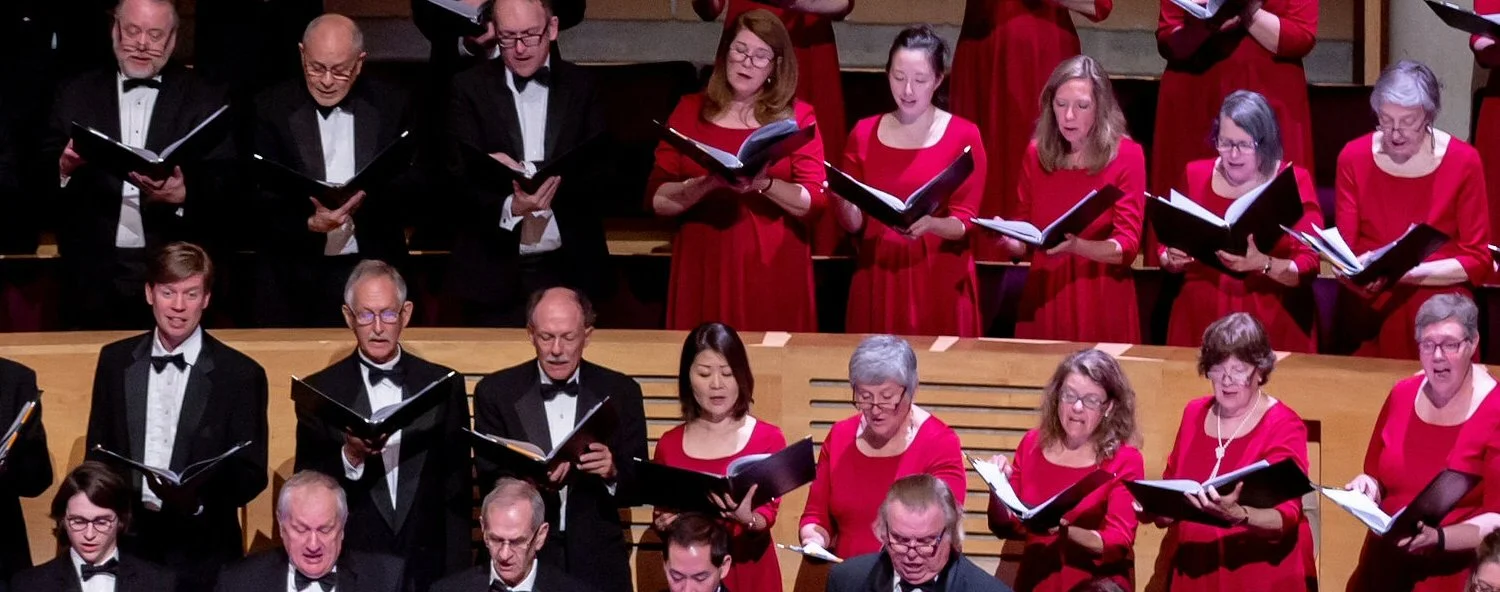Vancouver Bach Choir performs Pulitzer-winning "The Little Match Girl Passion", raises support for charity
Also on the program is another landmark piece, “Jesus’ Blood Never Failed Me Yet”
Leslie Dala.
Vancouver Bach Choir presents The Little Match Girl Passion on December 1 at 7:30 pm at St. Andrew's-Wesley United Church.
After American composer David Lang’s premiered in 2007 at Carnegie Hall, it went on to win the 2008 Pulitzer Prize in Music. Inspired by Hans Christian Andersen’s famous tale The Little Match Girl, about a poverty-stricken young woman whose abusive father sends her out into the cold to sell matches, Lang’s piece is also influenced by Bach’s St Matthew Passion.
Vancouver Bach Choir music director Leslie Dala remembers hearing it for the first time.
“I first heard about Little Match Girl about 10 years ago from a conductor friend who was raving about it,” says Dala from Italy, where he’s attending opening night of his friend and colleague Idan Cohen’s direction of Bellini’s I Capuleti E I Montecchi at the Teatro Massimo in Palermo. “I listened to the Paul Hillier recording, and I could understand the impact of the piece.”
Vancouver Bach Choir will perform “The Little Match Girl Passion” with a quartet of solo singers from within the choir at its upcoming eponymous concert. Also on the program, in partnership with Redshift Music, is another landmark piece, English composer and double bassist Gavin Bryars’s “Jesus’ Blood Never Failed Me Yet”, which is based on a loop of an unknown homeless man singing an improvised melody.
The concert is a pay-what-you-can event—a first for VBC—and net proceeds will be donated to the Greater Vancouver Food Bank. Oakwyn Realty will be on-site collecting goods for Covenant House.
“Both pieces share a theme of homelessness and poverty, and I thought this would be a very powerful pairing as these are very real hardships endured by an alarmingly increasing number of people in our city and in Canada,” Dala says.
What drew Lang to the Hans Christian Andersen’s story was not its narrative arc but the fact that “all its parts—the horror and the beauty—are constantly suffused with their opposites”, Lang states in his notes on the work, which was co-commissioned by the Carnegie Hall Corporation and The Perth Theater and Concert Hall. “The girl’s bitter present is locked together with the sweetness of her past memories; her poverty is always suffused with her hopefulness. There is a kind of naive equilibrium between suffering and hope.”
Dala says the piece is not only stirring but it also pushes the chorists artistically. He waited for just the right time to bring it to Vancouver audiences.
“I did not see it as a good fit at the time [a decade ago] for the Bach Choir, which performed almost all of its’ concerts at the Orpheum,” Dala explains. “In 2019, I programmed and conducted the piece in the version for four solo singers with the singers in Vancouver Opera’s Yulanda M. Faris Young Artist Program. The piece made a powerful impact on all of us and the audience who came to it. At that point I thought I would like to try it with the Bach Choir at some point but not at the Orpheum. With this concert being at Saint Andrew’s-Wesley…I thought this was the perfect opportunity.
“It is a challenging work, especially for a choir that usually performs with orchestra the larger works of the canon.” Dala adds. “It is essentially an a cappella work except from some pitched percussion in some of the movements, so it has been a great opportunity for us to delve deep into this kind of writing. The work is hypnotic with the layering of repetitive musical figures and text—very different from, say, Philip Glass or Steve Reich but with a stark, minimalist feel.”
Vancouver Bach Choir.
“Jesus’ Blood Never Failed Me Yet”, meanwhile, came to be in 1971 when composer Bryars was living in London working on a film about people “living rough” in the area around Elephant and Castle and Waterloo station. In the course of being filmed, some people broke into song, including one man who belted out “Jesus’ Blood Never Failed Me Yet”. Bryars had a recording of the impromptu singing and found it was in tune with his piano, so he improved a simple accompaniment. “I noticed, too, that the first section of the song – 13 bars in length – formed an effective loop which repeated in a slightly unpredictable way,” Bryars writes in his notes on the work. “I took the tape loop to Leicester, where I was working in the Fine Art Department, and copied the loop onto a continuous reel of tape, thinking about perhaps adding an orchestrated accompaniment to this. The door of the recording room opened on to one of the large painting studios and I left the tape copying, with the door open, while I went to have a cup of coffee. When I came back I found the normally lively room unnaturally subdued. People were moving about much more slowly than usual and a few were sitting alone, quietly weeping.
“I was puzzled until I realised that the tape was still playing and that they had been overcome by the old man’s singing,” he notes. “This convinced me of the emotional power of the music and of the possibilities offered by adding a simple, though gradually evolving, orchestral accompaniment that respected the tramp’s nobility and simple faith. Although he died before he could hear what I had done with his singing, the piece remains as an eloquent, but understated testimony to his spirit and optimism.”














